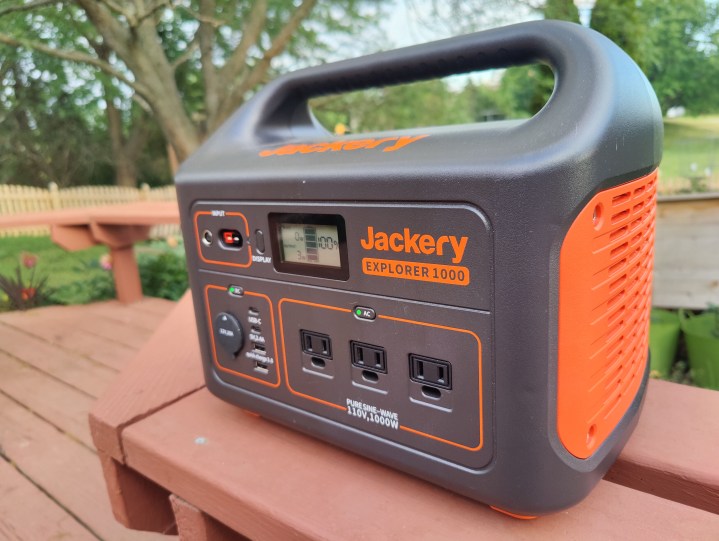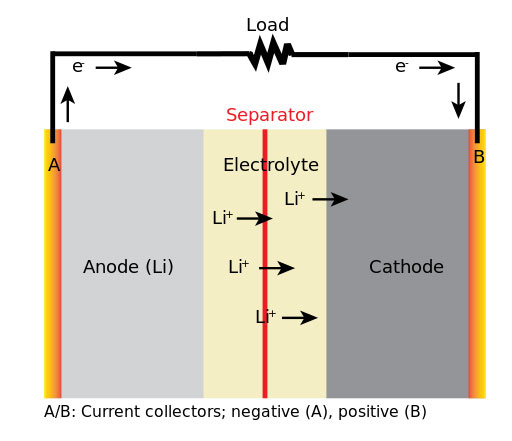Portable home batteries are a big investment. With prices routinely creeping up to the $1,000 line, you want to make sure it’s the right call. We cover some of the major considerations to make before taking the plunge.
How does a portable home battery work?
The majority of modern portable home batteries use the same lithium-ion technology you find in your cell phone and laptop. Lithium-ion batteries are more expensive up-front than older lead-acid batteries, but have a longer life. Even then, lithium-ion batteries can offer a break-even in cost versus lead-acid batteries because they require fewer replacements in the long term.

Portable batteries work by moving lithium ions between two layers, separated by an electrolyte layer. First, lithium is made stable by bonding with a metal oxide on the cathode side. While charging, the lithium’s electrons are pulled towards the anode. This separates the lithium from the metal oxide because it was sharing those electrons to create bonds. This, in turn, attracts the lithium ions from the cathode side to the anode, except they move directly through the electrolyte layer inside the battery.
Once charging is complete and the circuit is broken, the highly reactive lithium ions are stuck on the anode side among graphite. Those ions are itching to get back to the metal oxide to become stable again. Preventing that is the electrolyte layer. It stops the electrons from moving back across the same way the lithium ions moved. Without the electrons, the lithium ions can’t bond with the metal oxide again.

The move back only happens when the battery is plugged into a device. Since they’re blocked by the electrolyte layer, the electrons are then funneled through your device’s circuit to make it to the cathode side. This action lets the lithium ions cross over the electrolyte layer again to become stable with the metal oxide. This funneling of electrons is the electrical current that powers everything.
Can a portable home battery support my house?
The question of whether a portable home battery can actually power your house really depends on usage and battery capacity. Stationary battery packs such as the Tesla Powerwall have much less concern about providing sufficient capacity; they’re built to support a permanent solar power setup. There are higher capacity batteries that are still technically portable that are powerful enough to keep your fridge running in a blackout, but in addition to concessions for size, you’ll also be looking at a higher price tag.
The smaller siblings of these products are best seen as emergency backups. You’ll want to check on usage estimates provided by any given manufacturer, but expect a pretty clear correlation between size/cost and capacity.
Besides sheer capacity, take stock of how many outputs the battery offers. USB inputs are generally in good supply, but you’ll likely need to charge more than just phones and tablets. You won’t often see more than three standard AC plugs on one of these portable home batteries, so be prepared to also pack a power bar. You may also need a DC plug to use with your car. High-demand power scenarios may also require increased current, so check the voltage rating on batteries to ensure they meet your needs.
If the portable home batteries you’re finding don’t quite cut it, it may be worth looking into gas-powered generators instead (although electric batteries are the more environmentally-friendly option).
The verdict
A portable home battery is absolutely worth it, especially if you go camping often, or have an off-grid cottage. It’s a practical way to ensure you have power in an emergency, and it’s an easy way to keep devices up and running while away from civilization. Though many of these models can get pricy, it’s possible to find great deals once in a while.



